Halloween in Paris is not a big event, but the city is full of mysterious stories and urban legends to feel the city’s dark side. Some of these legends of Paris date from the Middle Ages, and strolling the city’s twisting streets in search of these specters and spooks can be a fantastic way to have a great deal of spooky fun! Here are our favorites:
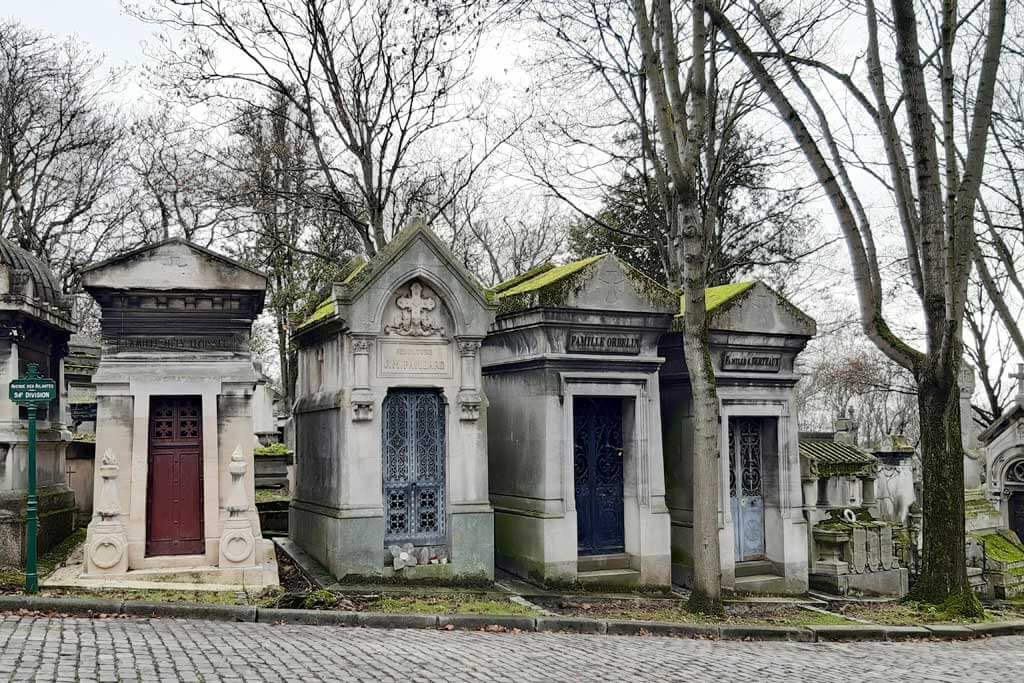
1. The Phantom of the Opéra
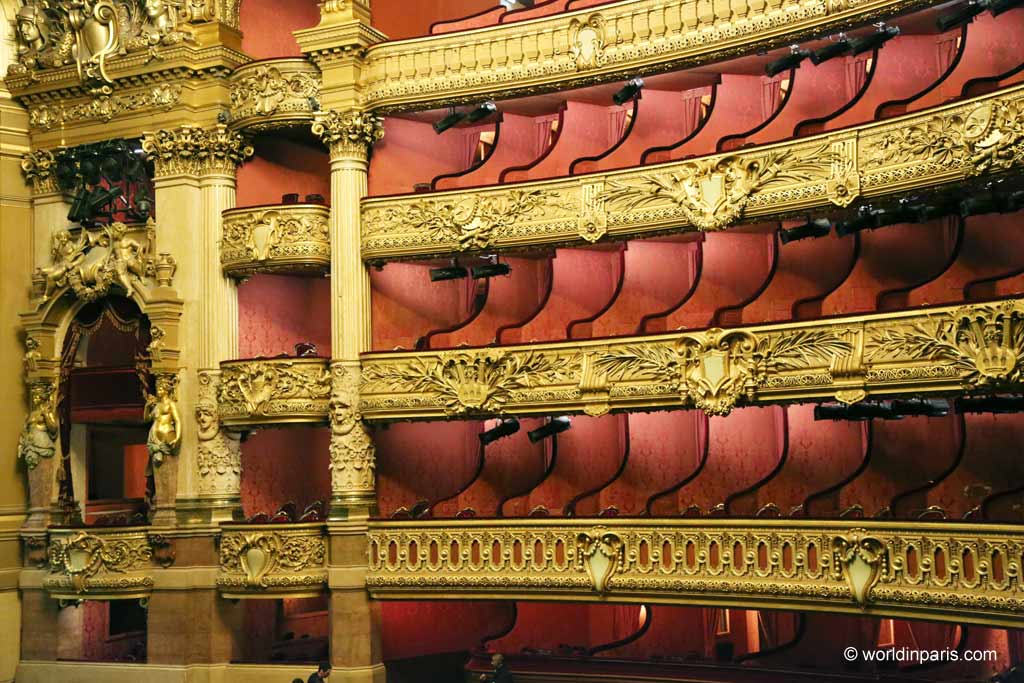
The Phantom of the Opéra is one of the most famous legends of Paris and is related to the history of the Opéra Garnier.
In 1873, Ernest, a pianist, was disfigured in the Salle Pelletier fire (the Opéra Garnier’s ancestor). The unfortunate lost his companion in the disaster and sank into deep sadness. Hopeless, Ernest decided to isolate himself from the world and hid in Opéra Garnier’s basement, which was then under construction.
Ernest spent the rest of his life in the dark corners of the building until his last breath. He ate the fish from the underground lake of the Opéra (more about this mysterious lake here), and his cries of despair could be heard backstage.
Since his disappearance, several strange facts have occurred in the Opéra Garnier: a machinist was found hanged, but the rope would have strangely vanished; the fall of a chandelier during a performance, which instantly killed the spectator seated in seat n°13.
And what could be easier than attributing them to the Phantom of the Opéra, who would still haunt the corridors of the famous theatre?
All these mysteries have fed the imagination of many writers, including Gaston Leroux. He wrote the famous novel “The Phantom of the Opera” (1910), a worldwide success largely inspired by this legend. And it seems that Ernest continues to enjoy the opera, as the lodge n°5 is permanently rented by a mysterious stranger. This lodge is strategically located in the theatre, so its occupants can see but not be seen.
TIP: Want to know more about Paris’ famous Opera House? Click here for a self-guided tour of the Opéra Garnier
2. The Baker and Barber of Ile de la Cité

This story makes us travel in time to Medieval Paris and, more precisely, to Ile de la Cité. There, a stone’s throw from Notre Dame, a barber regularly received foreign students housed by neighboring canons. Sometimes, one of these young students would mysteriously disappear, but in that time of great misery, attacks were frequent, so it was natural to think these students were the victims. Besides, these young people were coming from far away for their studies, so they had no family in Paris who could ask for them.
But one day, something unusual happened. A dog had been howling at death for several days in front of the baker’s door, whose shop was next to the barber’s salon. His master, a student from Germany, had not come out of his hair appointment…
The police came to the scene, decided to investigate, and then made the macabre discovery of a sordid collaboration: the barber cut the throats of his young clients, then, by a trap door, threw the bodies into his cellar which communicated with that of the pastry chef. It seems that the pastry chef used the corpses to make delicious pies, the best in the French capital, according to the chronicles of that time!
Finally, the barber and pastry chef paid for their crimes: they were burned alive in a public square, and their houses were razed. The plot of the bakery is today used as a garage for the Police of Paris.
This is one of the most famous Paris legends, and it inspired the musical Sweeney Todd.
TIP: Experience Paris’ dark side throughout a spine-chilling evening walk. You’ll discover the historical murders, crimes, and fantastic legends that have shaped the story of this city.
3. Le Rocher de la Sorcière
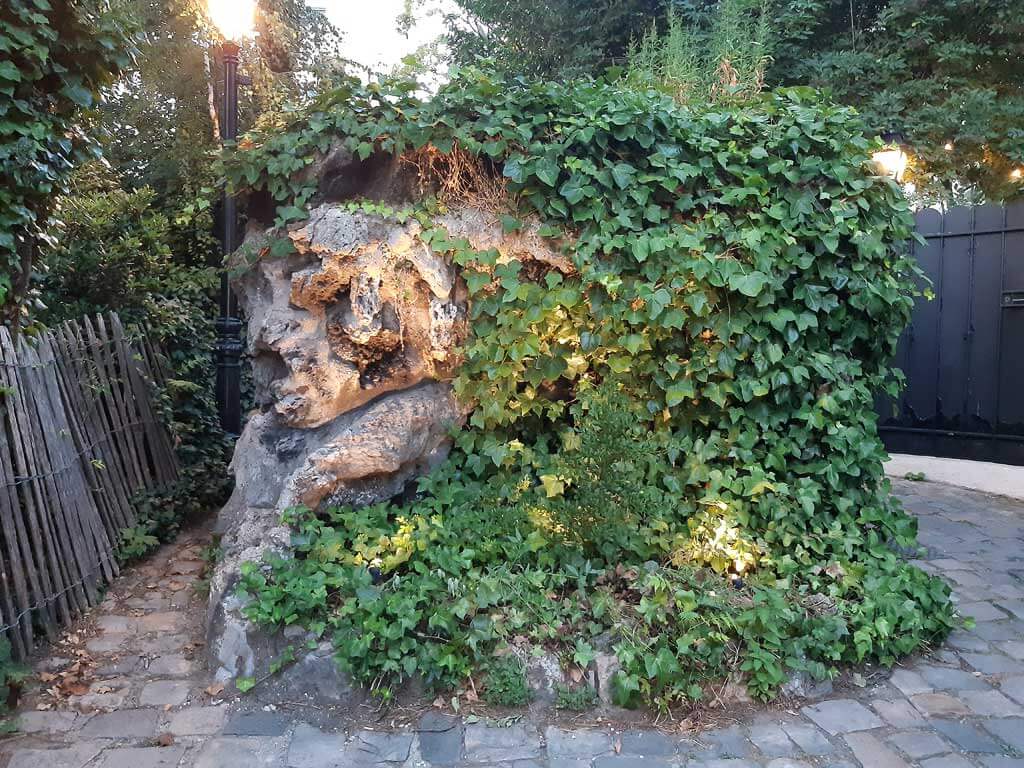
There are many legends of Paris located in the bohemian neighborhood of Montmartre, including that of the famous Rocher de la Sorcière. Situated in a small private alley behind rue Lepic, this imposing rock sits in the middle of the picturesque passage named the Passage de la Sorcière. But what’s the story behind it?
Back in the 19th century, a crazy older woman inhabited one of the manors of this passage and used to scare the children who ventured to hang around there. The neighborhood children, frightened by this ugly character, started to call her “the witch” (la sorcière in French). As for the enigmatic rock with a strange and massive shape, it would be an old fountain known as “la sourciere” (the dowser). Because it was located not far from the witch’s old manor and endowed with a very strange shape, it didn’t take much for it to be renamed the “Witch’s Rock.”
Other people claim that the rock is a meteorite, which fell from space who knows when… It’s up to you to believe in the version you like best!
Unfortunately for the most curious, the passage is private today, closed by a gate. The only way to have a look at the Rocher de la Sorcière is to book a room or a table at L’Hôtel Particulier, one of the best hotels in Montmartre, which turns out to be the that’s old manor house where the witch lived. Are you ready for a terrific night?
TIP: learn more about Montmartre with this Legends of Old Montmartre Walking Tour (self-guided)
4. The Tomb of Countess Demidoff

The Père Lachaise is one of the most beautiful Paris cemeteries. It is also a place full of legends, like the one linked to Countess Demidoff.
Countess Deminoff was an extremely wealthy lady of Russian origin who died in 1818. She rests in a white marble sarcophagus surrounded by 10 Doric columns, which does not go unnoticed among the neighboring tombs.
In her will, she bequeathed her entire fortune, around 2 million rubles, to the first person who would come and watch beside her tomb for 365 days and 366 nights. There are a few rules to respect, though: the only activity authorized in the grave is reading, and her guardian is allowed a daily outing of one hour, which must take place during closing hours of the cemetery. The countess was very understanding, and meals were delivered directly to the tomb.
Several candidates tried the adventure, but they all lost their minds after a few days. The one who lasted the longest watched over the countess for three weeks but ended up losing his mind.
Any volunteers?
TIP: This Stories of Père Lachaise walking tour always has the best ratings
5. The Seine’s Unknown Lady
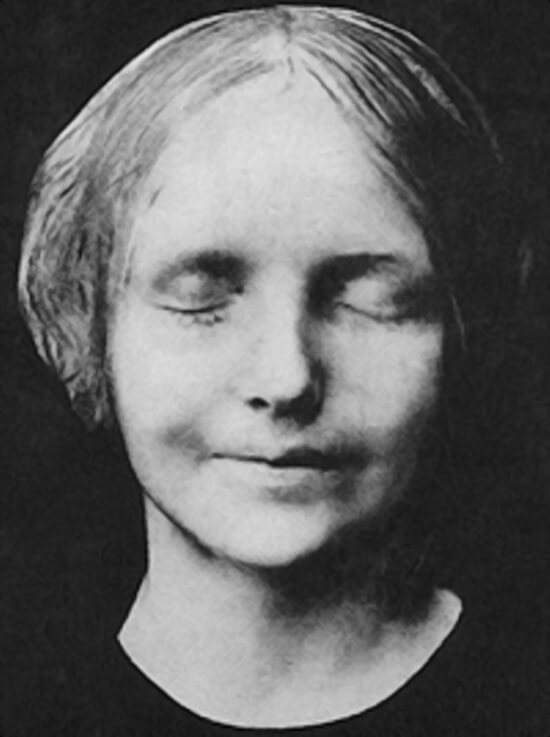
At the end of the 19th century, the body of a young woman was fished out of the Seine River in Paris. The body was transported to the morgue, then located on the Ile de la Cité, hoping that a loved one would recognize it.
The pathologist observed no sign of violence and concluded that it was a suicide. Captivated by the beauty and serenity of her face, an employee of the premises decided to create a death mask of her, molding it directly on the lady.
This mask was later sold worldwide, and the “Unknown of the Seine” became famous among artists for its serene beauty and the mysterious death behind it.
Ironically, this mask was used as a model for making the famous first aid doll on which we all practice the first aid exercises. This makes her the most kissed woman in the world today!

6. The Devil’s Gates of Notre-Dame

When visiting Notre Dame Cathedral is again possible, visitors will notice the remarkable work on the Cathedral’s side doors.
Back in the 14th century, the construction of Notre Dame was almost completed except for some last details. It was Biscornet, then a young ironworker endowed with a particular talent, who was entrusted with the decoration of Notre Dame’s side doors. But the time granted to him was too short, and despite his genius, he panicked at the magnitude of the task.
Then, the Devil appeared to him, offering the ironworker a pact: he would help him carry out his work in exchange for his soul. This diabolical agreement was signed with Biscornet’s blood, who did not hesitate much.
Despite Biscornet’s efforts and never-ending working days, the door decoration was far from finished the day before the deadline. Exhausted and discouraged, he fell asleep in the middle of his work. When he woke up, the ironwork was miraculously finished and of incomparable finesse. Satan had kept his promise, and the doors were an absolute marvel!
However, on the day of the inauguration of the Cathedral in 1345, the sublime doors refused to open. The only way to unlock them was to sprinkle them with holy water. That same day, Biscornet mysteriously disappeared…
The fittings of Notre Dame de Paris are among the most impressive metal works of the Middle Ages. The welds of the fittings are so numerous and well executed that it is impossible to determine their number. Even today, the realization of this extraordinary work remains a mystery.
7. The Haunted Mansion on Avenue Frochot

Avenue Frochot is a charming private cul-de-sac in the Pigalle district (Paris 9). Today, protected by a fence, this lane is lined with beautiful private mansions that were once home to prestigious artists of the 19th and 20th centuries.
The villa at #1 is particularly interesting because, according to the legend, it is haunted. This house was the scene of murders, mysteries, and tragic deaths!
The origin of this curse is the assassination of a chambermaid working in the villa at the beginning of the 20th century. According to the legend, her spirit haunts the place, and since then, all the house owners have been victims of the servant’s torments. At night, one would still hear sinister noises.
The list of the villa’s recent owners includes the singer Sylvie Vartan, who, after its acquisition in the ’70s (she said it was “love at first sight”), refused to move there for unknown reasons.
The next owner was a literary critic who, shortly after the acquisition, wrote about “a little the impression of going into debt to acquire my Gothic tomb.” He passed away days after, paralyzed in his bed.
The next owner seemed to take this matter very seriously and had the villa exorcised. The operation appears to have worked well because the current resident has not yet encountered any ghosts…
8. The Marquise de Brinvilliers: Famous Poisoner of Paris
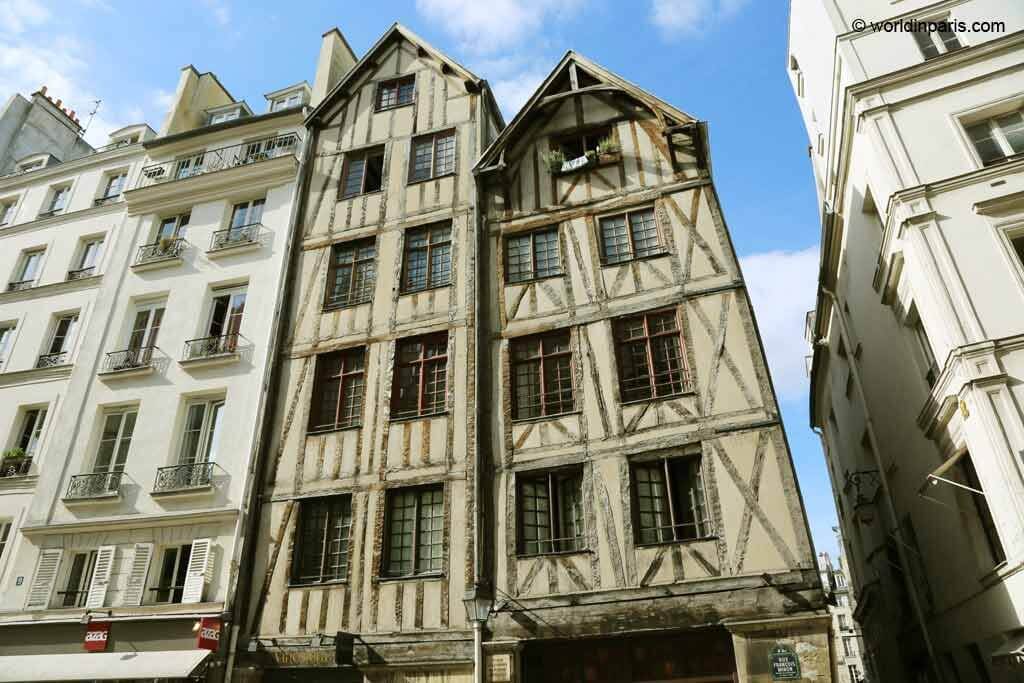
Born in 1630, Marie-Madeleine Dreux d’Aubray was the eldest of a family belonging to the great aristocracy. Despite her family’s position and wealth, her childhood was far from happy: she lost her mother when she was a kid, and at the age of 7, she was raped by a servant, then she had incestuous relations with her brothers.
At 21, she married the Marquis de Brinvilliers, a prominent gambler too busy squandering his fortune to take an interest in his wife. The couple took up residence in a mansion on the old rue Neuve Saint-Paul (today 12 rue Charles V), in the heart of Le Marais neighborhood.
Abandoned by her husband, she took the Chevalier Godin de Sainte-Croix as her lover. Her father totally disapproved of this relationship and, thanks to his good connections, managed to imprison the Chevalier Godin de Sainte-Croix in the Bastille.
During his short time in the Bastille, Chevalier Godin de Sainte-Croix learned the art of poisoning with his cellmate Exili, a famous Italian chemist and poisoner. A few weeks later, Sainte-Croix was released from prison, and he taught all about poisoning to his mistress, who quickly became an expert in the subject.
The Marquise exercised her new skills on her maid and patients at the Hôtel Dieu, taking care to note everything: doses, length of agony, etc. Then, she took revenge on her old father, who had imprisoned her lover. Her brothers followed, suffering the same fate.
In 1672, Godin de Sainte-Croix died. When his apartment was seized and emptied, a cassette containing numerous proofs incriminating the Marquise was found. The Marquise fled to London, then to Liège, but she was found and brought back to France in 1676, where she was condemned after trial.
In 1676, the Marquise was taken to Place de Grève for her public execution by beheading. Because she was considered a witch, her body was thrown at the stake, and her ashes were scattered in the Seine River.
In her last confession, she admitted that there was an extensive network of poisoners in Paris, close to King Louis XIV, but she didn’t disclose names. A real witch hunt was then launched: it was the beginning of the famous “Affair of the Poisons,” which made the French Court tremble.

